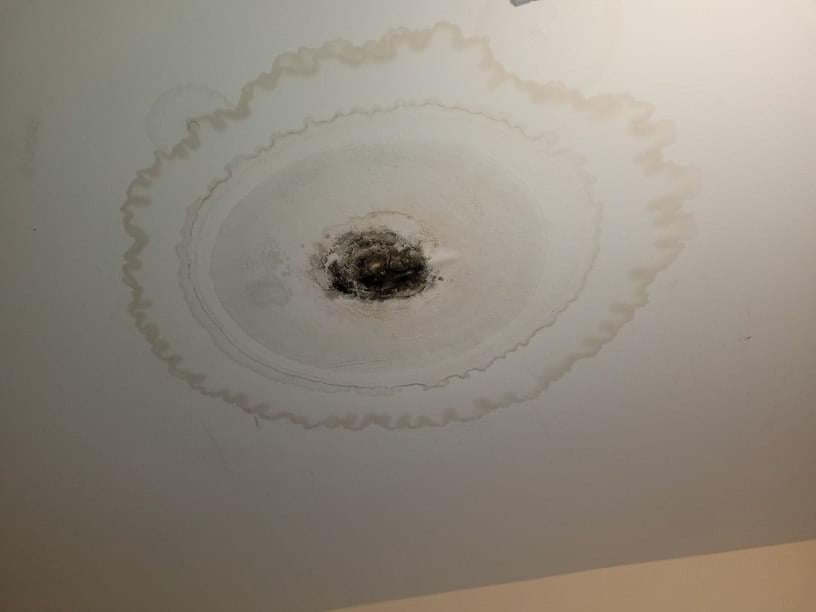Just how to Examine If Your House Has a Concealed Leak
Just how to Examine If Your House Has a Concealed Leak
Blog Article
Just about every person maintains their unique piece of advice in relation to Top leak detection hacks.

Early detection of dripping water lines can alleviate a possible catastrophe. In addition to saving you money, it will certainly minimize the worry and aggravation. The moment you discover a leakage, calling your plumber for fixings is the most effective service. Nevertheless, some little water leaks may not be visible. Right here are some hacks that help if you can not discover it with your nude eyes.
1. Check Out the Water Meter
Every home has a water meter. Checking it is a guaranteed way that aids you find leakages. For starters, switch off all the water sources. Guarantee no one will certainly purge, use the faucet, shower, run the washing equipment or dish washer. From there, go to the meter as well as watch if it will alter. Given that nobody is utilizing it, there should be no activities. If it moves, that suggests a fast-moving leakage. Likewise, if you find no changes, wait a hr or two as well as inspect back once more. This suggests you may have a slow-moving leak that could even be underground.
2. Examine Water Consumption
Assess your water bills and track your water intake. As the one paying it, you should discover if there are any kind of discrepancies. If you spot sudden changes, despite your usage coinciding, it indicates that you have leaks in your plumbing system. Bear in mind, your water bill need to fall under the same variety on a monthly basis. An abrupt spike in your bill indicates a fast-moving leakage.
On the other hand, a stable boost monthly, despite the same practices, shows you have a slow leak that's also slowly intensifying. Call a plumber to extensively examine your residential or commercial property, particularly if you really feel a cozy location on your flooring with piping underneath.
3. Do a Food Coloring Test
When it pertains to water consumption, 30% comes from toilets. Examination to see if they are running effectively. Drop flecks of food color in the tank and also wait 10 minutes. If the color somehow infiltrates your bowl throughout that time without flushing, there's a leakage in between the container and also bowl.
4. Asses Exterior Lines
Do not neglect to examine your outside water lines as well. Test spigots by attaching a garden pipe. Needs to water seep out of the connection, you have a loosened rubber gasket. Change this and guarantee all links are tight. If you've got an automatic sprinkler, it will certainly aid get it properly checked out as well as kept yearly. One small leakage can throw away lots of water and spike your water expense.
5. Assess the scenario and also evaluate
Homeowners ought to make it a practice to inspect under the sink counters and also even inside cupboards for any type of bad odor or mold and mildew growth. These 2 warnings show a leakage so timely interest is needed. Doing routine evaluations, even bi-annually, can save you from a significant trouble.
If you understand your home is currently old, maintain a careful eye on your heating systems, tubes, pipelines and so on. Check for stainings and also compromising as many pipes and also devices have a life span. They will also normally weaken as a result of tear and put on. If you think leaking water lines in your plumbing system, do not await it to rise. Call a professional plumber as soon as possible so you don't end up with a horrible mess in your house.
Early detection of leaking water lines can alleviate a possible catastrophe. Some tiny water leaks may not be noticeable. Inspecting it is a proven way that assists you uncover leaks. One little leak can throw away tons of water as well as increase your water bill.
If you presume dripping water lines in your plumbing system, don't wait for it to rise.
WARNING SIGNS OF WATER LEAKAGE BEHIND THE WALL
PERSISTENT MUSTY ODORS
As water slowly drips from a leaky pipe inside the wall, flooring and sheetrock stay damp and develop an odor similar to wet cardboard. It generates a musty smell that can help you find hidden leaks.
MOLD IN UNUSUAL AREAS
Mold usually grows in wet areas like kitchens, baths and laundry rooms. If you spot the stuff on walls or baseboards in other rooms of the house, it’s a good indicator of undetected water leaks.
STAINS THAT GROW
When mold thrives around a leaky pipe, it sometimes takes hold on the inside surface of the affected wall. A growing stain on otherwise clean sheetrock is often your sign of a hidden plumbing problem.
PEELING OR BUBBLING WALLPAPER / PAINT
This clue is easy to miss in rooms that don’t get much use. When you see wallpaper separating along seams or paint bubbling or flaking off the wall, blame sheetrock that stays wet because of an undetected leak.
BUCKLED CEILINGS AND STAINED FLOORS
If ceilings or floors in bathrooms, kitchens or laundry areas develop structural problems, don’t rule out constant damp inside the walls. Wet sheetrock can affect adjacent framing, flooring and ceilings.
https://www.servicemasterbyzaba.com/blog/how-to-detect-water-leakage-in-walls/

I'm very enthusiastic about Hacks to detect leaks and I am praying you appreciated the entire blog post. Are you aware of another individual who is truly interested in the subject? Feel free to share it. We cherish reading our article about Leaking water lines.
Report this page